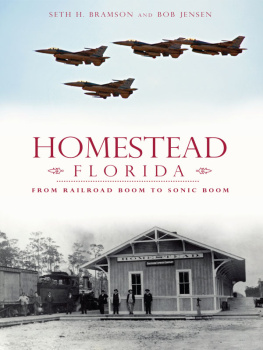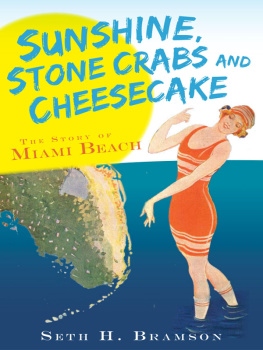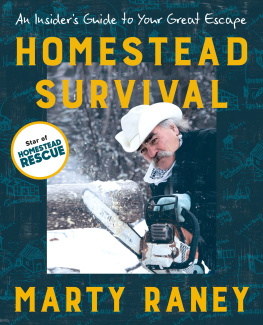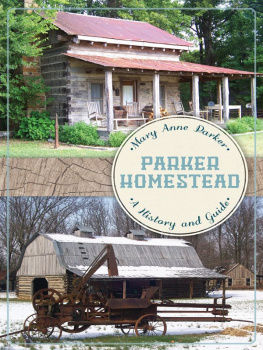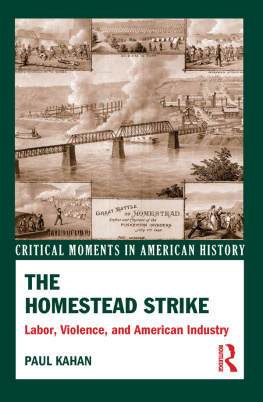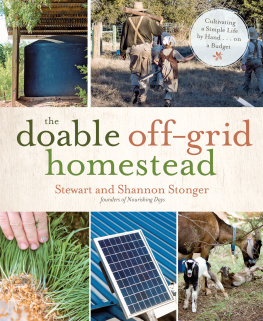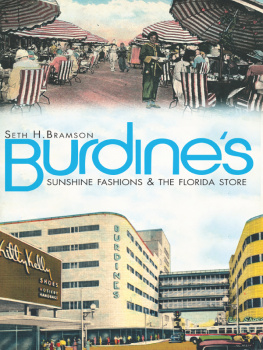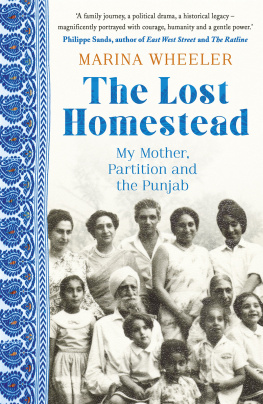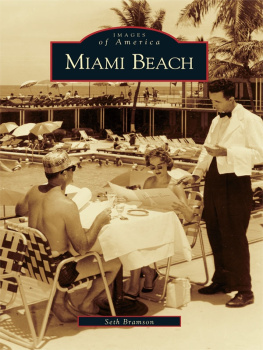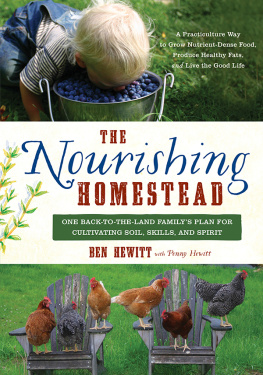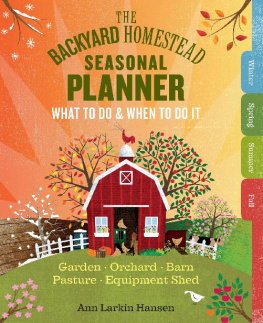
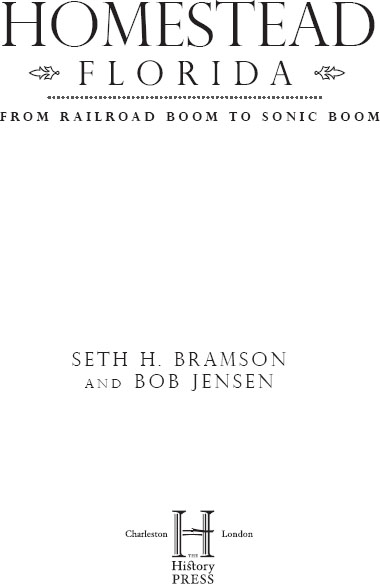
Published by The History Press
Charleston, SC 29403
www.historypress.net
Copyright 2013 by Bob Jensen and Seth H. Bramson
All rights reserved
Front cover, top: Courtesy Chris Green.
Unless otherwise credited, all images are from the collections of the authors.
First published 2013
e-book edition 2013
Manufactured in the United States
ISBN 978.1.62584.645.7
Library of Congress Cataloging-in-Publication Data
Jensen, Bob.
Homestead, Florida : from railroad boom to sonic boom / Bob Jensen, Seth Bramson.
pages cm. -- (Brief history)
print edition ISBN 978-1-62619-187-7 (pbk.)
1. Homestead (Fla.)--History. I. Bramson, Seth, 1944- II. Title.
F319.H76J46 2013
975.938--dc23
2013030400
Notice: The information in this book is true and complete to the best of our knowledge. It is offered without guarantee on the part of the author or The History Press. The author and The History Press disclaim all liability in connection with the use of this book.
All rights reserved. No part of this book may be reproduced or transmitted in any form whatsoever without prior written permission from the publisher except in the case of brief quotations embodied in critical articles and reviews.
To the spirit, the sacrifices, the determination and the great hopes and dreams of Homesteads pioneers, who faced tribulations and challenges of extraordinary proportions yet who persevered to build this tropical paradise, this book, in their spirit and their memories, is dedicated.
CONTENTS
FOREWORD
The history of Homestead is a combination of pioneer grit, fortitude and optimism that together played a vital role in the history and growth of South Florida. Although pioneers first arrived in the late 1880s, followed by railway workers, families and early businesses, it was in 1913 that Homestead was transformed from an outpost of railway workers into an official community of men and women who were determined to build a town composed of schools, churches, hospitals and commerce.
This book salutes not only those early families but also the succeeding generations of families who have contributed to Homesteads growth over the past one hundred years. Their contributions have helped to make Homestead thrive with rich cultural diversity and creative energy, emerging into the growing and vibrant city we see today.
We hope you will enjoy the historical photographs of people and places that were part of the early story of Homestead. The stories are fascinating and at times heartbreaking as natural and economic disasters repeatedly struck the area. The strength and endurance of this South Florida town as the decades unfold are all about the people you will meetsome familiar names, and others perhaps not previously known to you. Regrettably, limited pages caused us to have to leave out many wonderful stories, events and people as we strove to find a cross-section to represent the tapestry of those who have passed on and those who celebrate our centennial this year. With that said, a rich history becomes known in the coming pages from a perspective of Homestead as viewed by two skilled authors, each covering two separate and challenging periods of growth from Homesteads early development from wilderness to prosperous community, its reemergence from devastation to the thriving city we enjoy today and the threads that bind the periods together.
YVONNE KNOWLES, CHAIRWOMAN
Homestead Historic Preservation Board
ACKNOWLEDGEMENTS
In considering the preparation of a book celebrating the centennial of a great city, the second incorporated municipality in then Dade and now Miami-Dade County, the Homestead City Council, with the concurrence of the city manager, the Centennial Committee and the Historic Preservation Board of the City felt and believed that the book was meant to be and should be a two-man (-person) job and, after proper consideration and deliberation, selected your authors as the people who would write that history.
However, in writing a book on the history of any entity, the author or authors recognize and understand that, while they (in this case, we) are doing the actual writing, very little could have come to fruition without the wholehearted help, support and assistance of no few people, groups, clubs and organizations.
Before noting and naming those who enabled the authors to complete this several-years-in-the-making (from conception to completion) task by providing materials such as photographs, postcards, booklets, brochures, documents, athletic programs, yearbooks and other material, as well as their reminiscences and recollections, it should be clearly stated that this book could not have been written and published without the total support of the three city-based groups noted in the first three paragraphs below.
Mayor Steven C. Bateman, Vice Mayor Jon Burgess, Councilwoman Patricia Fairclough-McCormick, Councilman Elvis R. Maldonado, Councilman Stephen R. Shelley, Councilwoman Judy Waldman and Councilman Jimmie L. Williams III, upon and with the recommendation of City Manager George Gretsas, voted unanimously to make this book possible by providing the necessary funding.
The Citys Centennial Steering Committee, named by the Council, includes Chairwoman Yvonne Knowles, Vice Chairman Timothy L. Craig, Ruth Campbell, Kametra Driver, Steve Losner, Kevin Myles and Maycol Mike Enriquez. The committee, appointed in April and May of 2012, worked for months preparing and bringing to fruition various events related to the centennial and their input to the council was instrumental in support of a 100th-anniversary book.
Members of the Historic Preservation Board, also Council appointed, include Chairwoman Yvonne C. Knowles, Vice Chairman Dr. Dennis Ross and board members Luis M. Avila, Katherine Fleming, Susie Peterson Randolph and Clara Waterman Powell. They not only worked closely with the Centennial Steering Committee but were also advocates of a Homestead centennial history being published from the time the idea was first proposed and presented. Suffice to say, your co-authors are grateful not only to the Council, the Steering Committee and the Historic Preservation Board but to the following, who shared so much Homestead history with us.
A very special thank-you goes to Khaleah Evelyn, who served as assigned administrative staff person to the Centennial Steering committee and was responsible for coordinating the administrative side of the Centennial projects as they related to City approvals, contracts, attorney oversight and more. Khaleah was and is invaluable to all that the committee has done and is doing, and everybody involved in this project is very appreciative of all her tireless work.
Retired army lieutenant colonel Charlotte (Charlie) Hudson not only edited a large portion of the book but also was always available for consultation and assistance and was never too busy to answer questions or be of help. Larry Diehl; Carl Schumacher; George Grunwell; noted Homestead and Miami historian, author and postcard collector Larry Wiggins; Ruth Campbell, director of the Historic Homestead Town Hall Museum; Nancy McLean Coppola; Tri-Rail locomotive engineer Richard Beall; photographers Tim Jones and Michael Downey; Howard Salus; WLRNs Ted Grossman; Jack Seitlin; Bill Losner; and Steve Losner all contributed immeasurably with inputs and ideas. Retired Miami-Dade police captain Paul Mallard regaled us with endless stories of Homestead and its people.
Next page
